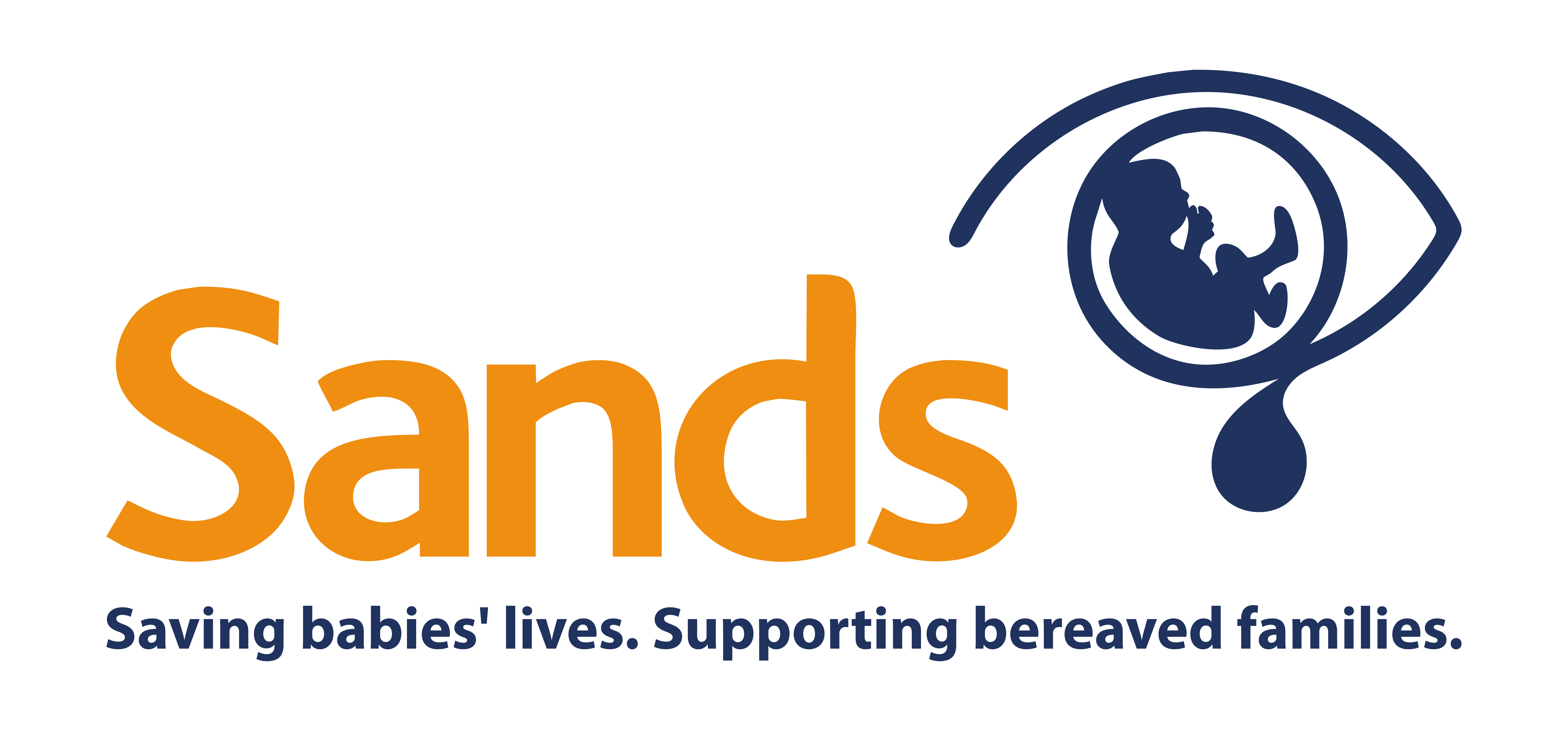Our story - Joseph Benedict Paul Madge
I was 41 when our little boy Aidan was born. Much as we hoped he might have a little brother or sister, we accepted that due to my age he was likely to be an only child. So we were thrilled when just after Aidan’s first birthday I realised I was pregnant again. We were really looking forward to our expanding family and had all the usual hopes and fears for our children.
The first scan went fine and we started to tell family and friends our good news. The baby began to kick inside me. Then I went for the second scan: It was my second pregnancy and I just assumed all would be well. The sonographer took a while then told me she had spotted some 'soft markers' for Downs – a cleft palate, a bowel obstruction and only three chambers in the heart. We had not previously had amniocentesis because we would accept our child whatever and the risk of a spontaneous miscarriage although small, didn’t seem worth taking. I knew it was serious when the clinic staff kept saying I should sit in a separate room, not in the waiting room, whilst they fixed up for a consultant scan 2 days later. So the nightmare began. Our dreams fell apart.
The consultant did his scan and said baby’s heart looked fine – much to our relief, but there were other indicators of Downs, such as lack of fluid and the baby being small. He said we should have amnio, but agreed the risks of a miscarriage were high due to lack of amniotic fluid, and to having a low anterior placenta. Stunned we hesitated, unable to think clearly and the midwife counsellor suggested an alternative was to have a scan at the fetal medicine unit in London. The appointment was made for the following week. Tearfully we drove home.
The Tuesday before Christmas saw us at the specialist unit in London. The doctor took numerous measurements, then said he’d seen enough. He explained that the brain was not properly formed, there were two holes in the heart, the major arteries were transposed, the cord had only one artery and other things. He told us the baby could not live outside of me. The heartbeat would just stop quite soon. It was probably Edward’s syndrome.
In ten days we went from the thrill of expecting a new baby, to feeling as if the world had ended. The consultant explained that a termination involved an injection to stop the baby’s heart, followed by being induced. I couldn’t do that to my baby. My baby was happy inside me, not suffering at all and it was likely to die very soon, so we decided we should let him/her make their own choice of when to die.
As I became larger I found it hard to socialise – it was best if people knew our situation, but telling them was so hard – how do you say “Yes I’m pregnant, but the baby is about to die!”, without bursting into tears?
Each week I went along to the midwife for the heartbeat to be checked. We were still expecting it to stop any day. Each week the heart was beating and at 32 weeks we had a second scan in London, which confirmed baby’s problems, but the doctor said he would now estimate 30% chance of dying before term, 50% of dying during labour and 20% of being born alive.
We met with the paediatricians to discuss if he was born breathing and agreed that our little boy would not be kept artificially alive, or resuscitated. We asked that we just be left alone to cuddle him. If he was in distress he would be given pain relief.
My blood pressure started to creep up – with a couple of emergency trips to hospital. So at 37 weeks our Consultant advised induction because of my high blood pressure. Walking into the hospital has to be the hardest thing I have ever done in my life, knowing that Joseph was going to die because of what I was about to do. I was induced. Labour started around 5pm, and our darling Joseph was born at 18:32 hrs. He was beautiful. He looked around and made some little cries. We just held him in our arms for the whole of his little life. We had him baptised. We took photos. We told him how much we loved him and about his family. Then he just gradually faded away. He had lived for nearly 6 hours.
The post mortem showed he actually had Patau’s syndrome and that his heart was structurally normal, though otherwise the problems identified were correct. He is buried in the graveyard just up the road from our house.
We are left feeling that we did everything we possibly could for our darling Joseph. We loved him so much and there was nothing more we could have done for him. …But we wish so much that he was still here with us, playing with his big brother.
Alison
Postscript: "Sixteen months later I was privileged to give birth to our third son. He is a delightful, healthy, little boy, who brings us much joy." Alison
